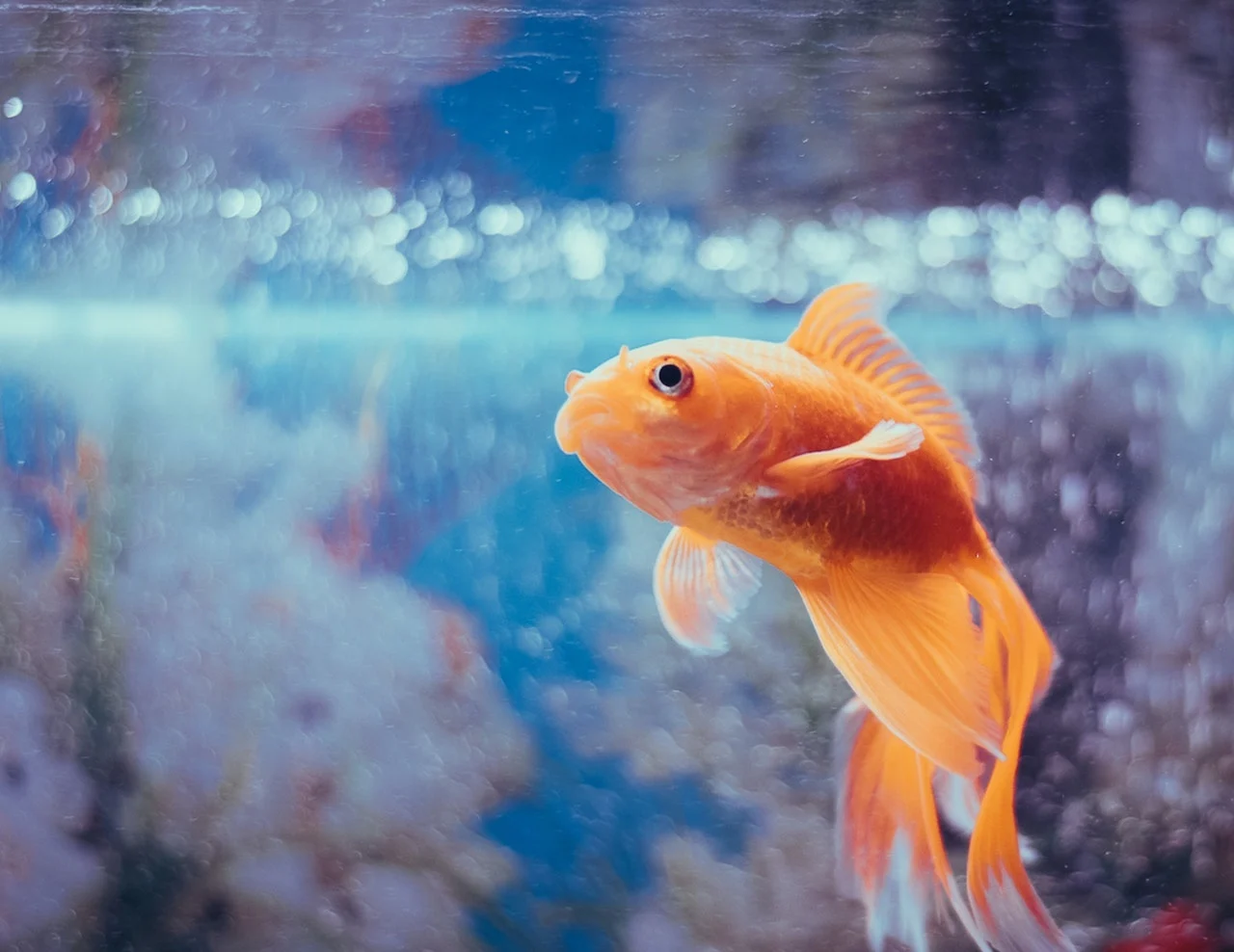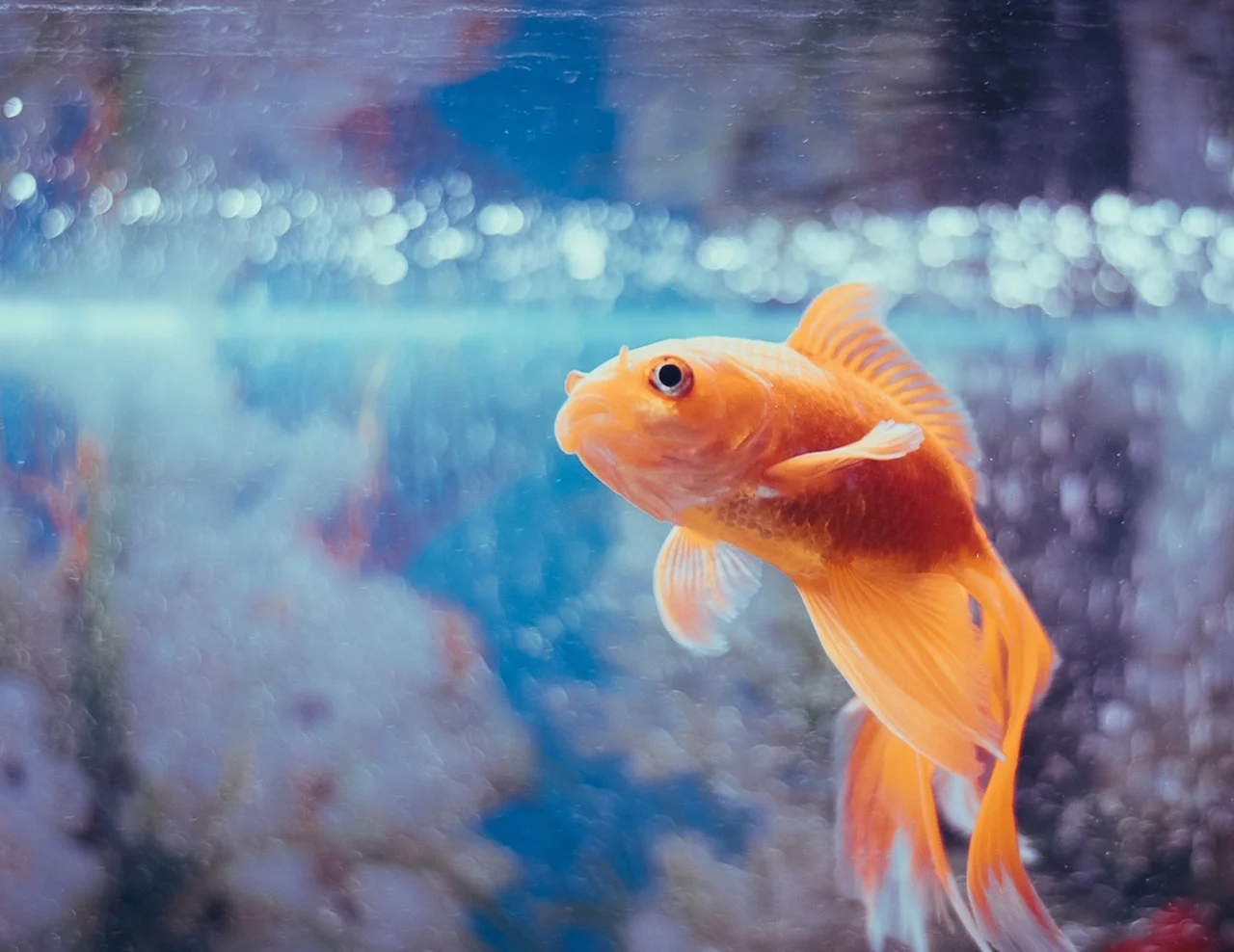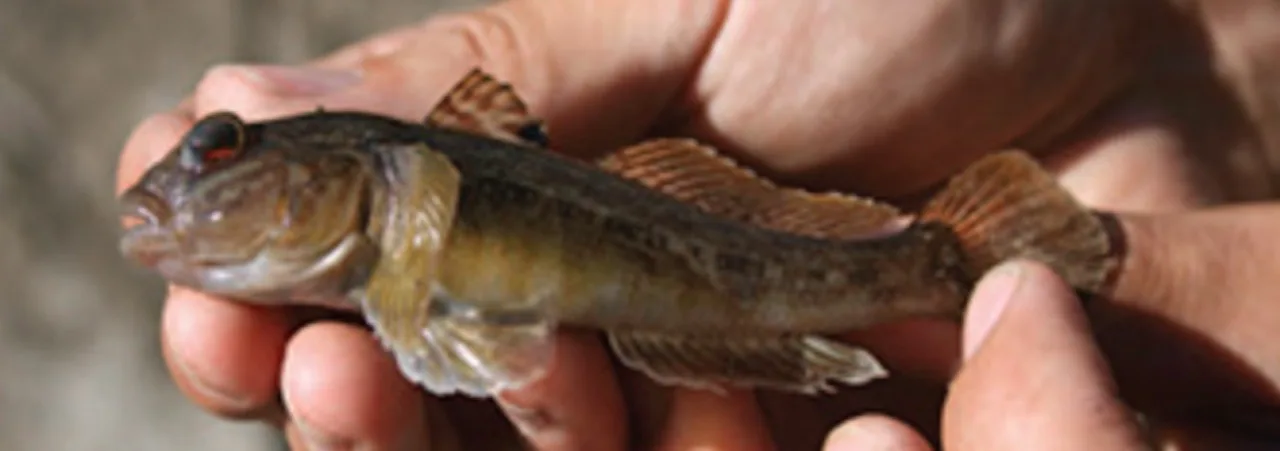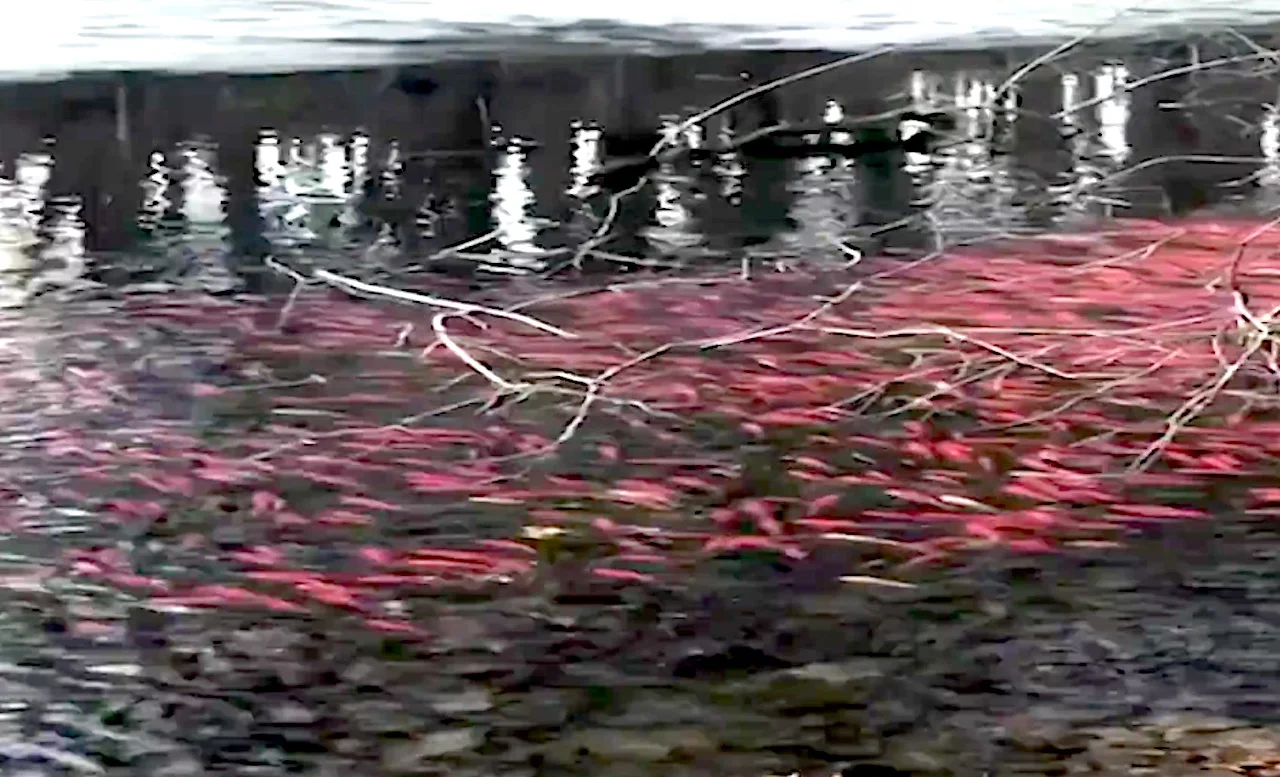
Don't dispose of pet fish into public waterways, experts say
Releasing pet fish or any invasive aquatic species into local waterways could have serious consequences for ecosystems.
Getting rid of unwanted pet fish may be unpleasant, but it's better to do the unthinkable than release them into a nearby body of water.
The concept is part of a new countrywide outreach campaign from the federal and provincial governments, along with environmental groups including the Canadian Council on Invasive Species, called Don’t Let It Loose.
The initiative encourages people to find alternatives to releasing pet fish into waterways if they can no longer care for them. This includes giving them to friends, family, animal shelters, sanctuaries, humane societies, science centres, zoos, aquariums, schools or community organizations.
RELATED: Giant goldfish in Niagara River a reminder not to flush pets
Popular aquatic pets such as goldfish have been spotted in many creeks, ponds across southern Ontario, particularly in communities along the north shores of lakes Ontario and Erie.
Jeff K. Brinsmead, a senior invasive species biologist with the Ontario Ministry of Natural Resources and Forestry (MNRF), told The Weather Network in a recent interview that the practice of releasing pet fish into Ontario lakes, ponds and rivers isn't new.
In fact, it has been an ongoing issue for more than 20 years.

Goldfish. (Kabita Darlami/Unsplash.)
"If they don't want it anymore, they think they're doing it a favour (by) releasing it into natural waters, which of course, is not the case. It's often detrimental to the animal that you're releasing, as well as it is detrimental to other animals that inhabit those waters," said Brinsmead.
ECOSYSTEM IMPACTS COULD BE SIGNIFICANT
The possible negative impacts to local environments depends on the species of fish that has been dumped, Brinsmead said.
In many cases, Ontario has been fortunate from an "ecosystem perspective" because many of the aquarium fish people have are of tropical or subtropical origins, so they are most likely to perish come the fall and winter months, he added.
"It's not uncommon for us to find aquarium fish species that have perished in the fall as the water temperatures start to cool. Some of these species just can't survive at those cooler temperatures," said Brinsmead.
However, there are more temperate species that could survive the harsher weather, increasing the risk of causing damage to local ecosystems. A goldfish, for example, can survive over the winter since it originates from the colder waters in Asia, Brinsmead noted.

"These are the species of course that have the more long-lasting impacts. What impact a specific species might have would vary depending on whether it's a predator...," said Brinsmead.
The outcome is that the surviving invasive fish, or any type of living organism foreign to the environment, will compete with native species for food and habitat.
"Whether it's a plant-eater or whether it eats insects, or whether it eats other fish, it would compete with our native species that eat similar things. They would compete with native species for habitat space," he said. "If it's a predator, it would actually directly consume some of our native species."
An example of an invasive fish that has had substantial impacts on native species is the round goby -- a small, bottom-dwelling fish originating from the Black and Caspian seas in eastern Europe. It was first discovered in North America in 1990 in the St. Clair River north of Windsor, Ont., according to the MNRF.

Round goby. (David Copplestone (MNRF))
The fish is believed to have been brought to North America in the ballast water of ships from Europe. In less than a decade, the round goby has spread through all five Great Lakes and has been found in smaller bodies of waters, as well. In some instances, the fish has reached densities of more than 100 fish per square metre, according to the MNRF's website.
"The impacts that round goby has, both on eating fish eggs and young fish, as well as competing with our native species, has been well documented," said Brinsmead. "What ends up happening is that the round goby will eat the zebra mussels (invasive species), and then (fish such as) bass like the gobies, (so) that definitely does have impacts as you move up the feed-food chain."
RISK OF INTRODUCING DISEASE, OTHER INVASIVE MATERIAL
What some people may also not realize when they dump their aquarium fish into a local body of water is that they could inadvertently introduce a disease that's not found in Ontario, possibly affecting the native species, the MNRF biologist said.
As well, a pet fish may be attached to plants, invertebrates, muscles or snails from inside the tank when it is released, and those could also be invasive and pose a problem in the natural environment.
DIFFERENT REASONS FOR DUMPING FISH
Brinsmead said there are probably a multitude of reasons why people resort to dumping their pets into the water streams. One of them, as he noted before, is that they believe it's more humane this way, so the animals stay alive.

Scores of goldfish were recently observed in a local woodland pond in Dundas, Ont. (Yvonne/The Weather Network)
Another reason is just convenience and it's easier for them to dispose of the fish into a nearby stormwater pond or a neighbourhood creek.
"It might be easier than the other non-lethal option, (which) would be having to find somebody else that might want the fish or other pet that you are trying to get rid of," said Brinsmead.
"If you absolutely can't find an opportunity to rehome that pet, we would encourage the humane euthanization of that pet rather than releasing it into natural waters."
Thumbnail courtesy of Kabita Darlami/Unsplash.
Nathan Howes can be followed on Twitter: @HowesNathan.











